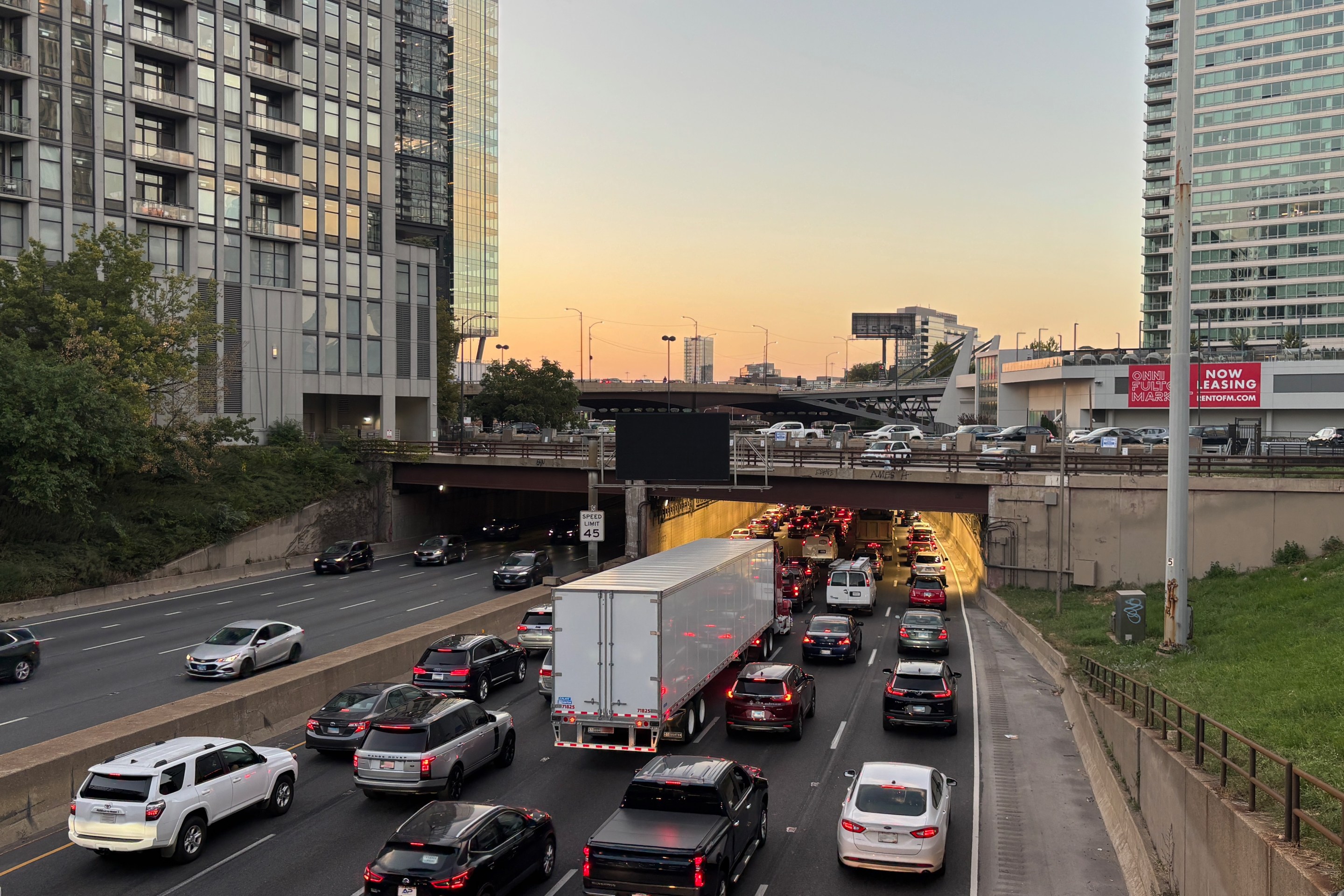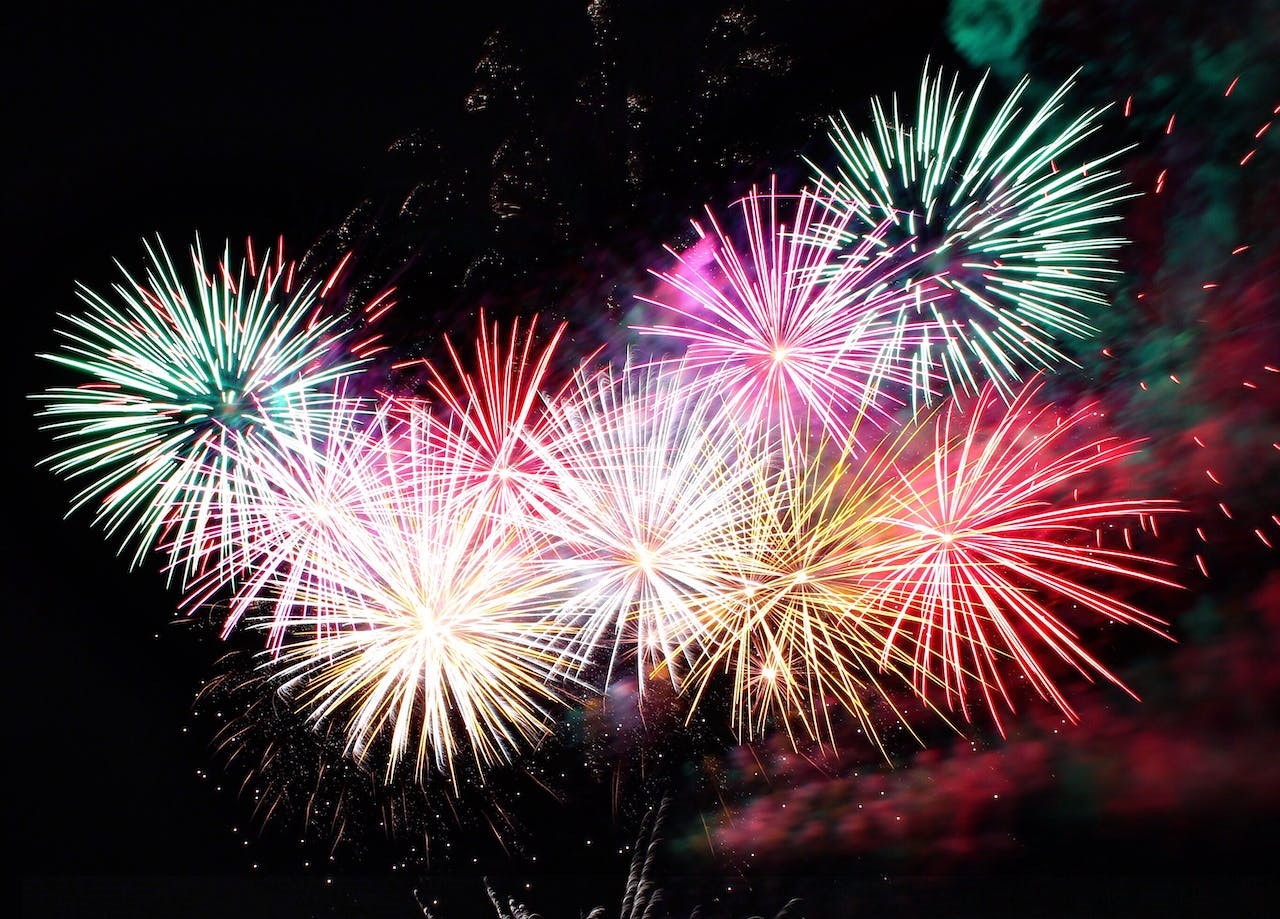Almost $375 million in taxpayer-funded grants will go toward beefing up the nation’s roads, DOT Chief Sean Duffy announced Tuesday — with some spare change left over for public transit and maritime projects in predominantly Republican states.
That haul was granted as part of the DOT’s Better Utilizing Investments to Leverage Development (BUILD) program, which is one of the largest and most flexible tools the agency has to support infrastructure construction nationwide. Under the Obama and Biden Administrations, largely focused on transit and multimodal projects, respectively.
But not anymore. Like its name — first TIGER, then BUILD, then RAISE, and now, back to BUILD again — the program’s objectives have once again morphed at the direction of the DOT that controls it, enabling Trump to pivot funds towards automotive projects.
This year, two thirds of BUILD's 30 projects — and 77 percent of its total $488 million dollars — will go toward roadway projects, the agency boasted in its announcement. The investment builds on Trump’s ambitions from his first term, when as much as 69 percent of the program’s dollars went to roads.
While the money is scattered across states from Florida to Idaho, much of it will widen roadways for drivers, incentivizing more reliance on personal vehicles in the U.S. (and perhaps paving the way for Duffy’s “Great America Road Trip”). Decades of studies show that widening roadways does not decrease congestion, as many proponents of adding highway capacity claim
And that money largely favored Trump supporters, too. An egregious 83 percent of the announced projects — representing 87 percent of total grant dollars from this cycle — are going to states that backed Trump in the last election. That’s even worse than 2020, when he put 71 percent of grant money back into Republican states’ pockets.
Only three states — Alaska, Ohio and Wyoming — are getting multiple projects this year, but each of them is getting a fairly small portion of the pie: Alaska’s projects total $11 million, Ohio’s $26 million and Wyoming’s at $14 million. Other than that, about a dozen roadway projects — including those in Arkansas, Iowa, Mississippi, Missouri, Montana, North Carolina, Oklahoma, South Carolina, South Dakota, Tennessee, Vermont, West Virginia and Wisconsin — clock in around $20 to $25 million a piece.
Only two road projects hit the $25 million funding ceiling set for this year, though many came close: Iowa’s Cedar Rapids with its “Flood Resilience and Multi-Modal Improvements at I-380 through UP Railroad Project,” and a reconstruction of Montana’s Highway 200. (The Cedar Rapids project, at least, will feature a bike/walk trail.)
Transit projects, meanwhile, went largely underfunded: just four won money this year, receiving a total of about $49 million in funding:
- In Alabama, the Birmingham-Jefferson County Transit Authority snagged $25 million to create a new transit center with the goal of “modernizing” the area’s public transportation.
- Barton County, Kansas is working on a new public transportation plan with the help of about $250,000, but it’s unclear what the scope of the final project will be.
- In Maryland, about $3 million will go toward completing designs for a new bus facility in Washington County.
- The Milwaukee County Department of Transportation was gifted $21 million to improve bus stops along an 18-mile stretch of roadway in Wisconsin.
That total, though, pales in comparison with the heaping pile of cash for shared transportation projects that the Biden Administration gave out in the final days of its term in January, much of which has since been rescinded by Congress or held up in political reviews by Duffy's DOT.
Other projects this cycle, though, do introduce safety measures for pedestrians and cyclists — even if most primarily focus on drivers. In the small Colorado town of Paonia, a streamlined intersection will benefit students commuting to and from school, while in Idaho, grant money will go toward improving sidewalks and bike lanes.
The Trump administration's press release, though, appeared to take more pride in highway widenings, which it compared to "reinforc[ing] the arteries of the American economy."






